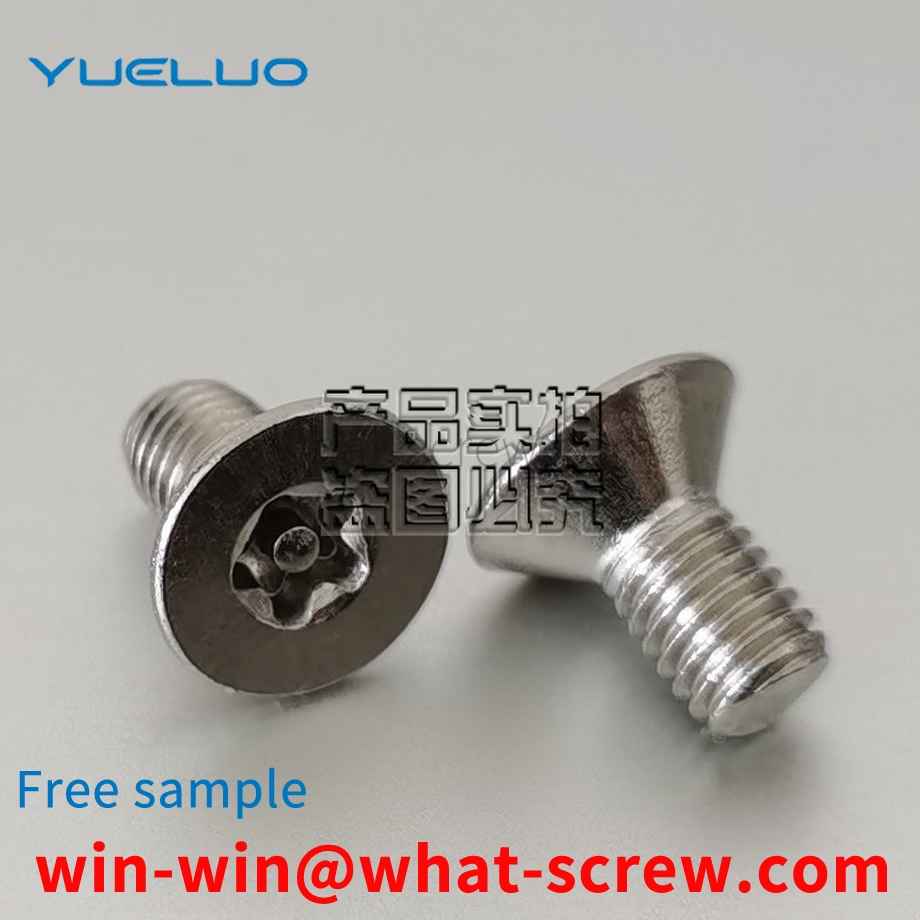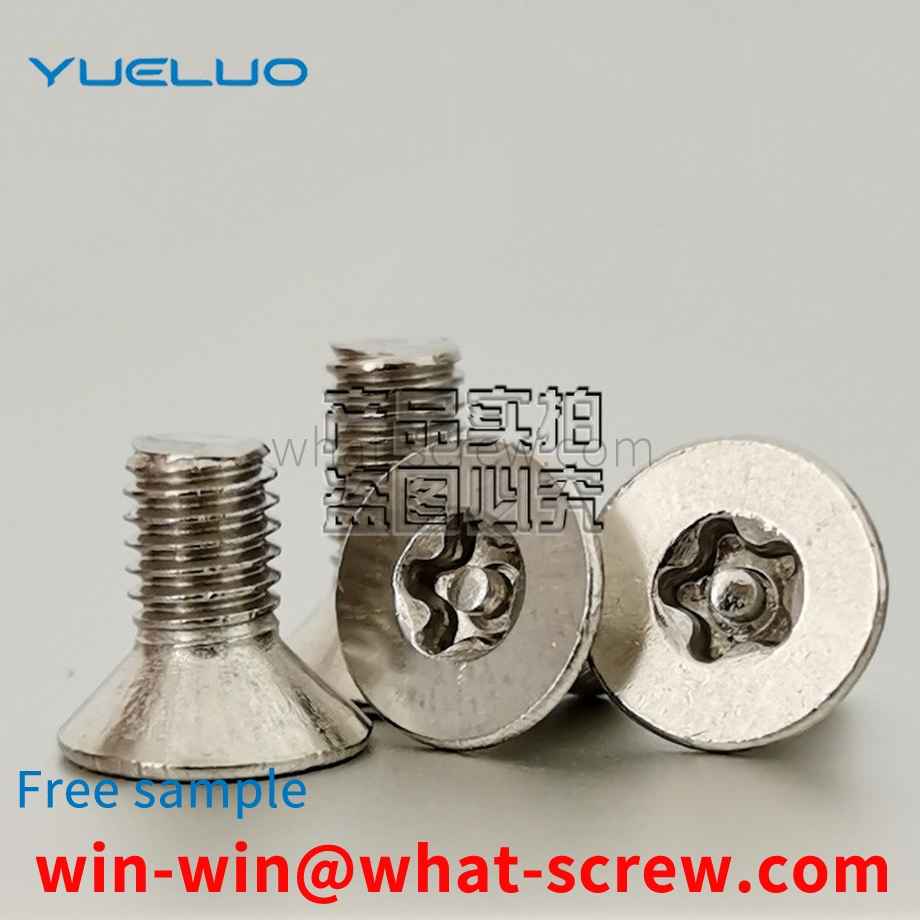The equipment is tightened and fixed by screws during assembly. During high-speed operation, the equipment will generate high-frequency micro-vibration. This micro-vibration can easily lead to loosening of screws, resulting in weak connection of components and easy to cause safety accidents. Fastening is attached great importance. Many companies even directly weld the screw caps after using screws to fasten the components. However, this practice greatly hinders the subsequent maintenance and also seriously affects the maintenance and maintenance of the equipment; The emergence of tightening screws has attracted the attention and favor of enterprises; however, the self-tightening screws I use are mainly imported, and when the trade war begins, the shortage of this autonomous technology will severely limit my defense.
The Greek mathematician Arkutas once described the principle of screw, screw, screw. In the first century AD, the Mediterranean world had begun to use wood screws, screws, and screws in screw presses that could press olive oil from olives, or make wine from grapes. Before the fifteenth century, metal screws, screws, screws were rarely used as fasteners in Europe. Rybczynski (Rybczynski) proves that hand-held screwdrivers and screwdrivers existed in the Middle Ages (at the latest AD 1580), but it was not until the eighteenth century that threaded fasteners were commercialized and began to be widely used. . Before threaded fasteners were widely used, there were many different ways of tightening. Mostly related to woodworking and forging, and less to machining, concepts such as dowels and pins, wedges, tenon and tenon, dovetails, nails, forge welding, and others are tied with leather or fiber and tied together. Before the mid-nineteenth century, ships were built with cotter pins, pin bolts, or rivets. There were also adhesives, but not as many as they are here today. Metal screws, screws, and screws became commonly used fasteners after the use of machine tools in the 18th century to mass-produce screws, screws, and screws. This technology developed around the 1760s and 1770s, along two separate processes. Approaches, but quickly converged: wood screws, screws, screws (metal screws for wood fixing, screws, screws) are machined with single-purpose, high-yield machines, and low-volume, mold shop style production V-Thread Machine Screws, Screws, Screws, can choose from a variety of different pitches.
The grooved embedded parts are usually connected by bolts, and there are many types of T-bolts used with the grooved embedded parts. position, so that the T-bolt can form a stable connection with the groove-type embedded part, but in the actual installation process, the T-bolt pressed into the groove-type embedded part is prone to loosening problems, so it is difficult to better Fixed in trough embedded parts.
screw is a tool that uses the physical and mathematical principles of the circular rotation and friction of an object to fasten the mechanism of the object step by step. A screw is a common term for fasteners, an everyday colloquial language. Screws are indispensable industrial necessities in daily life: tiny screws used in cameras, glasses, clocks, electronics, etc.; general screws in televisions, electrical products, musical instruments, furniture, etc.; as for engineering, construction, and bridges, large screws are used. Screws and nuts; transportation equipment, airplanes, trams, automobiles, etc. are used together with large and small screws. Screws have important tasks in industry. As long as there is industry on earth, the function of screws will always be important. Screws have been common in people's production and life for thousands of years. According to the application field, it is the largest of human beings.
T-bolts have been widely used in the fields of aviation, aerospace and defense due to their good positioning and anti-shedding effects. Its related standards have special requirements for accurate positioning, anti-falling off, and dimensional consistency of T-bolts. This requires that the position, size and shape and position tolerance of the anti-fall hole of the T-bolt shank must be controlled within a certain range. Therefore, the processing method of the anti-shedding hole is particularly important. Since the machined anti-shedding hole is located at the position of the rod, the milling processing efficiency is too low, the product cost is high, and there is a large machining error. When conventional drilling is used, the consistency of the anti-shedding hole size cannot be guaranteed. To solve the above problems of low efficiency and dimensional instability
We have many years of experience in the production and sales of screws, nuts, flat washers, etc. The main products are: plastic bolts, nut sets are extended, rearview mirror adapter screws, hex wall screws, bolts and nuts and other products, we can provide you with suitable products Your fastener solution.



















 Service Hotline
Service Hotline




